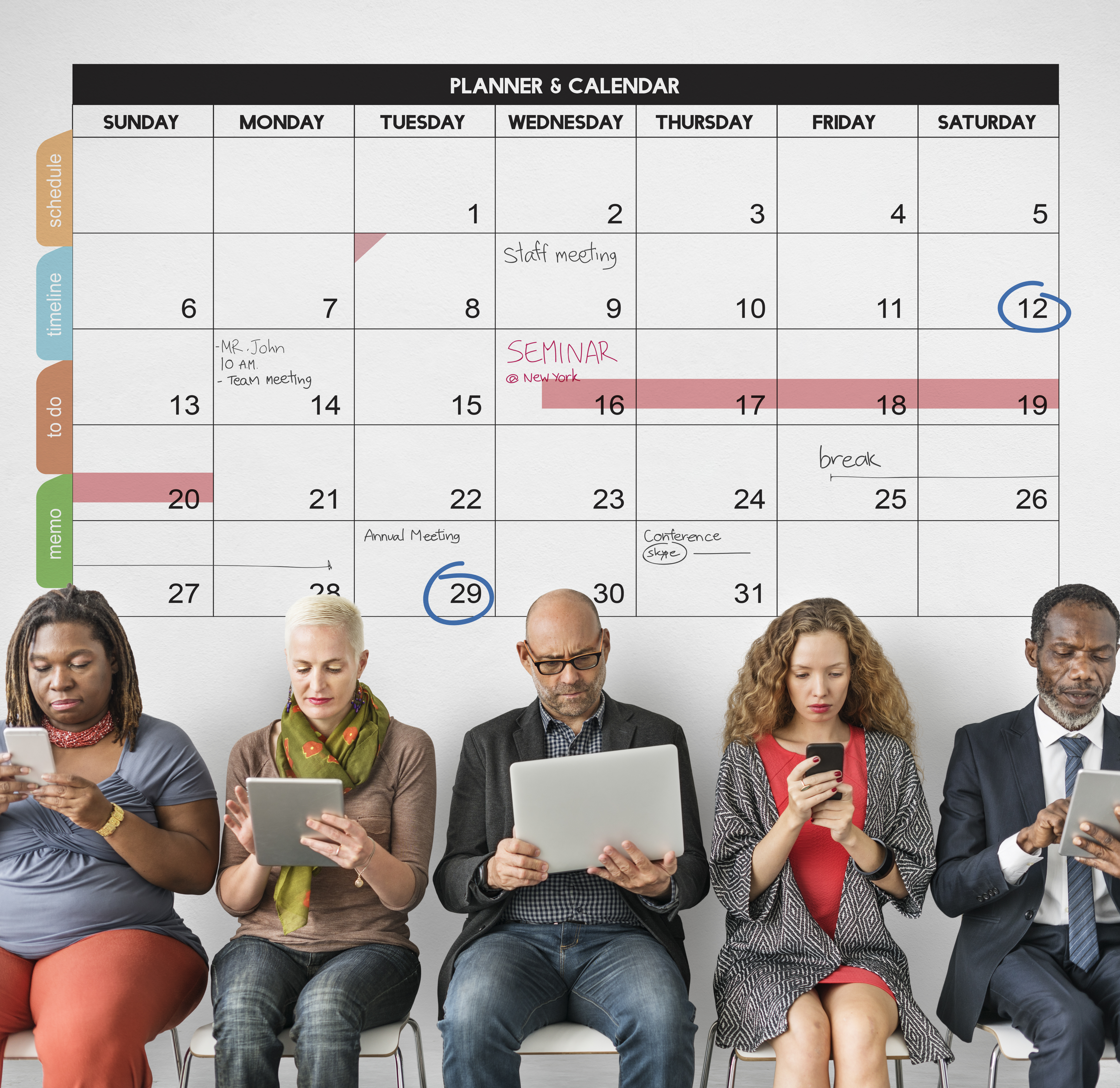
Shared calendars promise to make coordination effortless. Whether it's your family, team, or club — the idea is simple: everyone can see what's happening, when, and where.
But if you've ever tried managing one, you probably know the reality: endless invites, privacy worries, mismatched platforms, and chaos every time someone makes a small change. Let's look at why shared calendars often create more hassle than help — and what a smarter, simpler alternative looks like.
1. The Platform Trap
Apple vs Google vs Outlook — the calendar wars nobody asked for. One of the biggest issues with shared calendars is that they work great only when everyone's using the same platform. But in real life, that's rarely the case. Someone's on iPhone, another person uses Android, and your coworker insists on Outlook. Suddenly, what should be a simple shared schedule turns into a tech puzzle of sync errors, missed invites, and permission settings. If you've ever heard "I didn't see that on my calendar" — you've experienced the platform trap.
2. Too Much or Too Little Information
When you share your calendar, you're forced to choose between two extremes: Share everything — and accidentally expose personal appointments or sensitive details. Share too little — and leave others confused about what's actually happening. There's rarely a comfortable middle ground. And even if your platform allows privacy settings, they're often buried in confusing menus that most people don't bother with. The result? Half the group knows too much, and the other half doesn't know enough to act.
3. Update Chaos
Shared calendars sound good — until someone changes something. One rescheduled meeting or time adjustment can ripple through the group, and before long, half the people are following the old plan while the other half has moved on. Even when notifications work, they often get buried or ignored. And because updates depend on syncs between different platforms, not everyone gets them at the same time. It's a coordination nightmare that defeats the entire purpose of "shared."
4. The Privacy Problem
A shared calendar can feel like leaving your door slightly open. Your coworkers don't need to see your dentist appointments. Your soccer team doesn't need to know when you're picking up your kids. But once you share your main calendar, it's easy for personal details to slip through. Sure, you can create separate calendars or hide events — but that means more setup, more confusion, and more chances to forget something important. Privacy should be the default, not another setting to manage.
Contact-First Organization: A Smarter Way to Coordinate
What if you could organize events without the platforms, inboxes, or endless sharing links? That's exactly what VerbinderApp does. Instead of forcing everyone into the same calendar system, VerbinderApp lets you organize directly with the people already in your phone contacts. No email addresses required, no calendar syncing headaches, no oversharing. You simply create an event, select the contacts involved, and everyone stays in sync automatically — even if they're on different devices or apps. It's coordination made natural again.
Final Thought
Shared calendars were built for a different era — one where everyone sat at a desk, used the same email provider, and didn't mind juggling a few privacy settings. But today, we live in a world of quick messages, mobile coordination, and contact-based connections. It's time our tools caught up. With VerbinderApp, you only need what's already in your phonebook to stay organized. No inbox clutter. No platform wars. Just effortless scheduling that works the way people do.
Try VerbinderApp Today